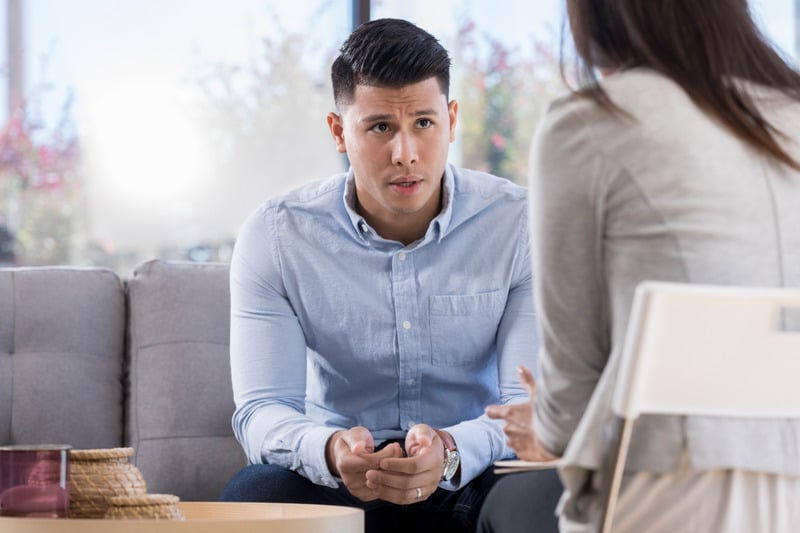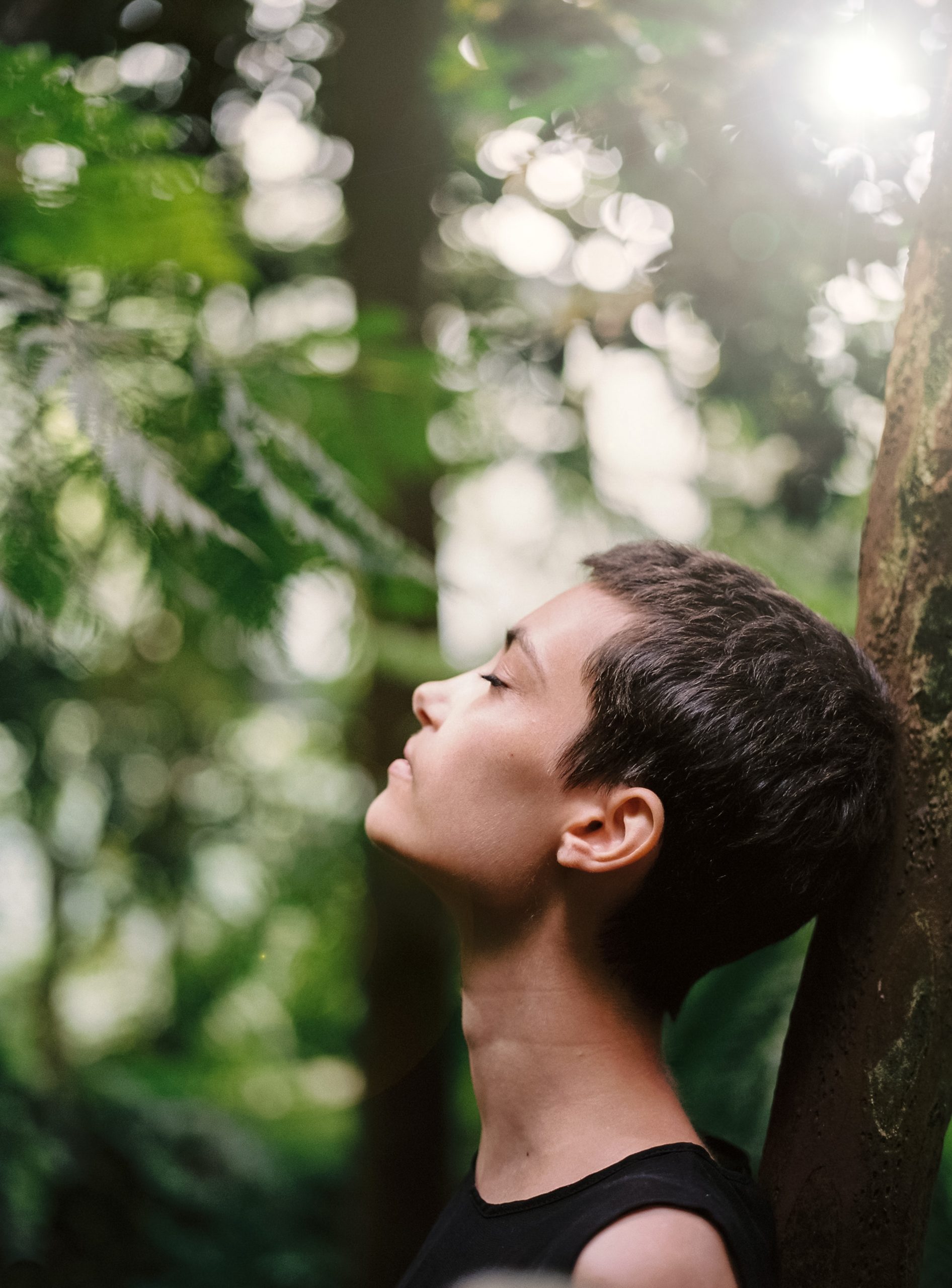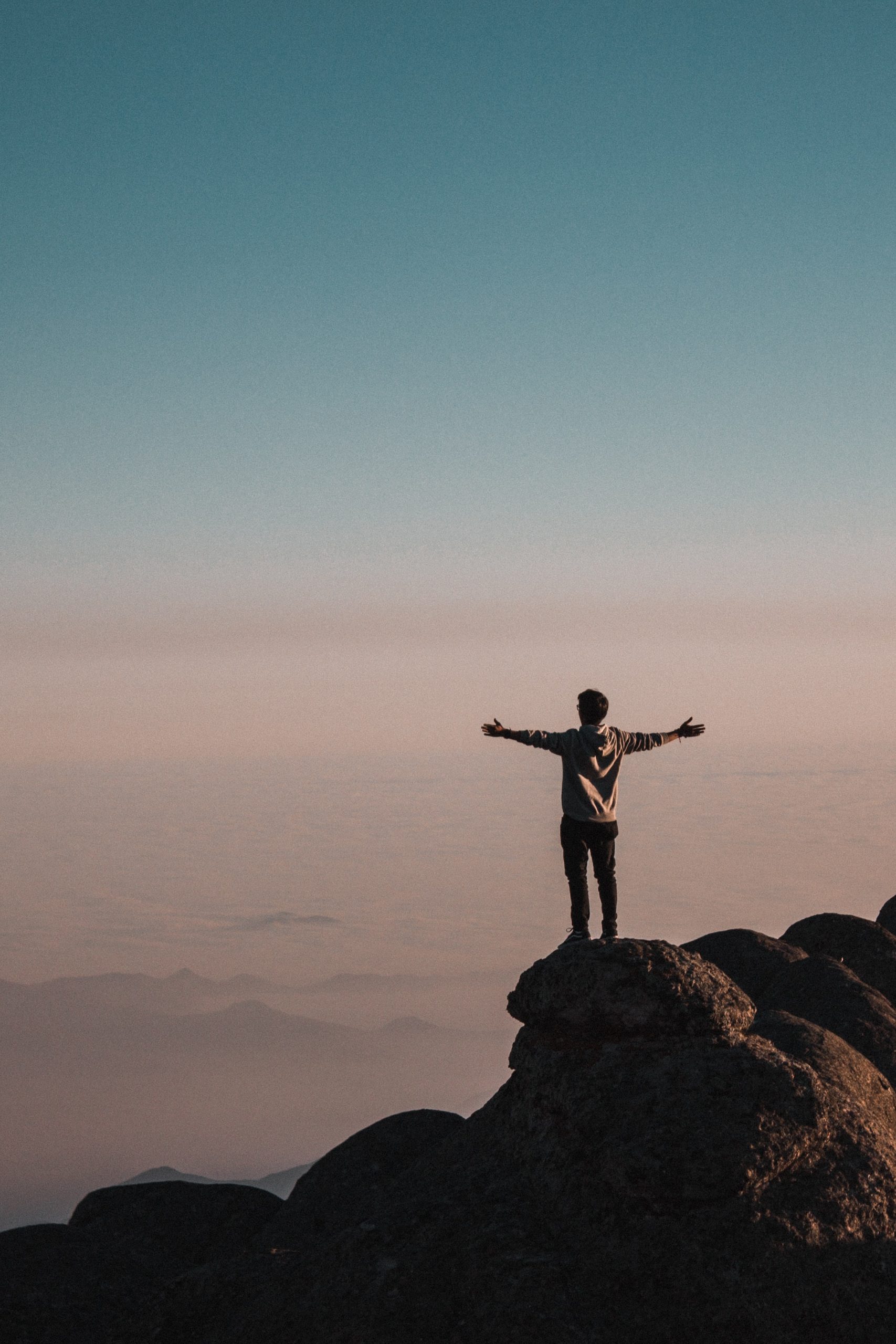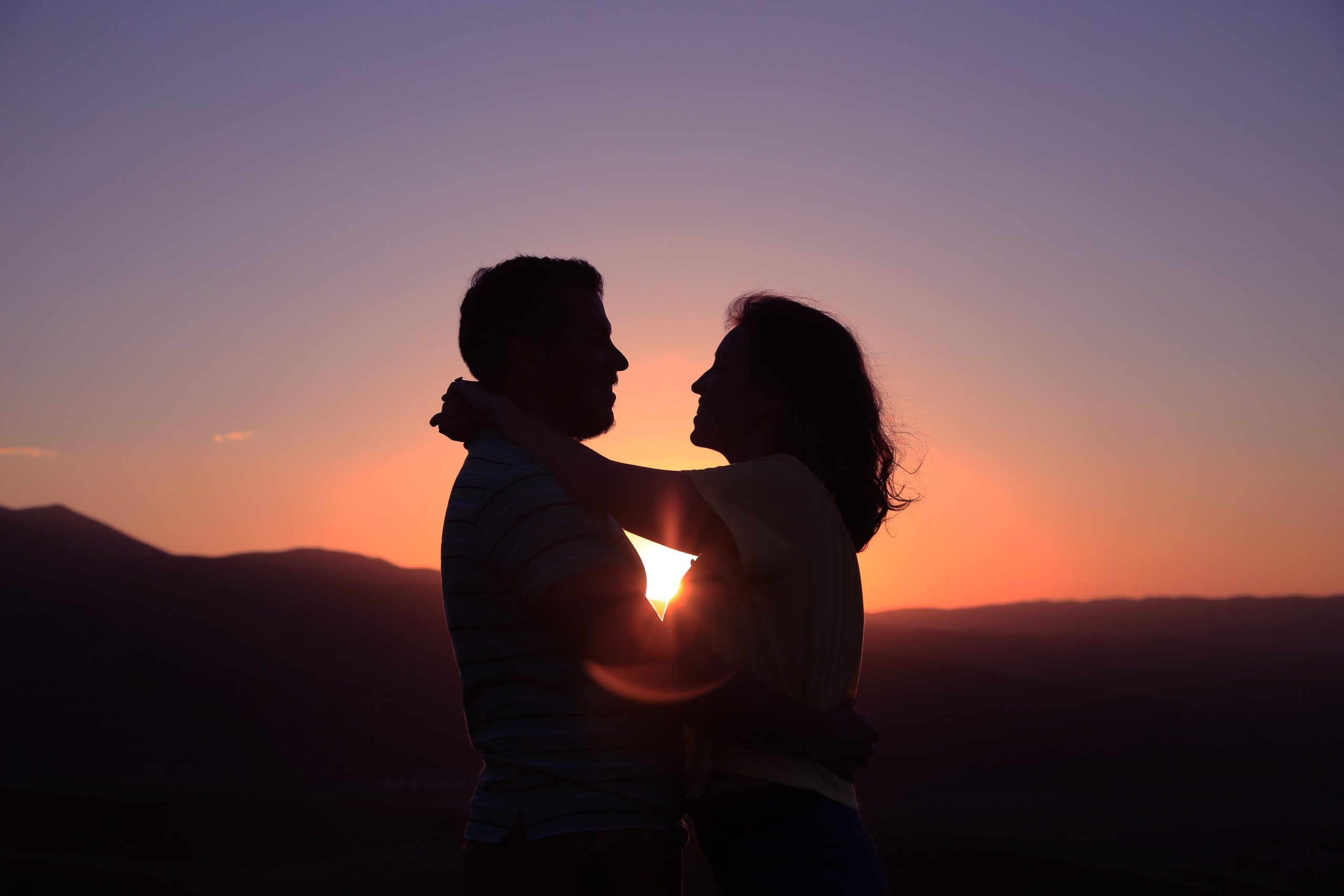

Inclusivity Means Nothing Without Safety
I’ve been reading Kim Scott’s book, Just Work: How to Root Out Bias, Prejudice, and Bullying to build a Kick-Ass Culture of Inclusivity, and think it should be required reading for people in MBA programs and for anyone aspiring to be a good leader or an ally.
What I find compelling about this book is that the author shares personal stories—her mistakes, her triumphs and her work—which makes her so relatable, and it is also grounded in research and statistics, which adds structure and context.
Ms. Scott differentiates between bias, prejudice and bullying with some important distinctions. I have met so many people who have unconscious bias. Since it’s unconscious, how can they know about it? We have these unconscious beliefs that govern our thoughts, values and behavior. It’s what can have us saying and doing things that are offensive to people without being aware of it. Often, the only thing that’s required to combat that bias is for someone to provide information. Once the bias has been outed, most people are embarrassed and will take action to correct their behavior. These people are quite pleasant to talk with, as they are consciously anti-racist, anti-misogynist, anti-anything biased. However, we can’t correct what we aren’t aware of.
I grew up in the ’60s in a very rural part of New York. Elders in my life still used the word “negro.” There weren’t any Black people anywhere nearby to correct them, not that they would have dared correct a white person in the ’60s even if they had been present. There were many phrases that had been shared with me by parents, teachers, friends and others. We learned to sit “Indian-style,” recited the rhyme “Chinese, Japanese, dirty knees” while pulling the corners of our eyes upward for Chinese and downward for Japanese, bargaining as “jewing people down,” and as a protestant, I understood that Catholics, Jews and non-believers were “different” from us and “obviously” wouldn’t be going to heaven. When we thought someone was acting like a jerk, the names “retard” and “gay” came out of our mouths all too quickly. I don’t think I was alone in learning these things. If you lived in different parts of the country, perhaps the terminology was different, but the ignorance was the same.
Simultaneously, I was taught that everyone was equal in school and by my parents; in Sunday School, I learned that “Jesus loves the little children, all the children of the world. Red and yellow, black and white, they are precious in his sight.” These different experiences created in me, and many others, a strong sense of being equitable and fair without any conscious recognition of all the subtle messages that belied that truth.
We have been in a time of reckoning that really took off in the ’60s with the civil rights movement, through Obama’s presidency, and more recently in the Black Lives Matter movement. People who are willing to root out the unconscious bias they may have lurking inside are painfully facing their bias within. This is a journey I am also struggling with. It is not a fun time for an author of a diversity book who facilitates Diversity, Equity, Inclusion & Belonging (DEIB) training to discover she still has unconscious bias to deal with, but I do. I am doing the work and still have more to go. I am in a humble state of learning that will probably last the rest of my life.
But this is not a story about me or the other people with subconscious bias. This story is about the people who have been underserved, unrecognized, and brutalized because of our collective ignorance. It is not the victims’ job to educate us of our shortcomings. We must take that journey ourselves or with each other. Read some books (you might want to start with the books some legislators have on their banned book wish list), watch some documentaries or immerse yourself in a different culture. Make a friend who’s different from you. Get to know people as individuals. Try to avoid making sweeping generalizations about a group of people based on the things one or two friends told you. They can’t speak for an entire group of people.
Prejudiced people believe the biased things they have been taught. When someone directly calls out a prejudiced person about their behavior, they often double down on their beliefs. It is very hard to change the mind of a prejudiced person by pushing them to change. I think one of the most ineffective things we do is to lump prejudiced people together and then make broad, generalized statements about them. When we do, we are perpetrating the very behavior we are accusing them of. This makes us look like self-righteous hypocrites. Instead, try to invite the person to tell you why they believe what they believe. Don’t try to change their mind; simply listen to understand where they are coming from. They may have valid points from where they sit, with their life experiences. Once they feel heard, they may be interested to hear you, and through that interaction, be willing to examine, and possibly challenge, their own prejudice.
Bullying typically happens because someone with power over another person feels better about themselves when they hurt or humiliate those they consider inferior. I believe that all humans have a right to be treated with dignity and respect. Bullies need to be stopped from hurting other people, mentally, emotionally or physically. The bully doesn’t get to decide if what they did hurts or not. You must ask the victim. When the victim says, “Ouch,” the bully who is hitting them is notorious for saying, “That didn’t hurt.” Well, how do they know? They weren’t the one who was hit. When the victim says harm was done, we need to listen.
This is where upstanders come in. An upstander is a person who recognizes bias, prejudice and bullying and calls the person out for it in a humanistic way. They might say, “Hey man, you might not have meant that how it sounded, but that’s some sexist stuff, right there.” The comments depend on the situation and whether the upstander is dealing with bias, prejudice or bullying. I aspire to be an upstander. Helping others know when they have crossed a line and creating a safer environment for everyone will only help create a more inclusive, productive working or social environment. Count me in… how about you? Are you with me?
Recent Post


I am in Control

Truth Seekers

The Head, Heart and Hands of Mental Freedom

It’s Not Personal



